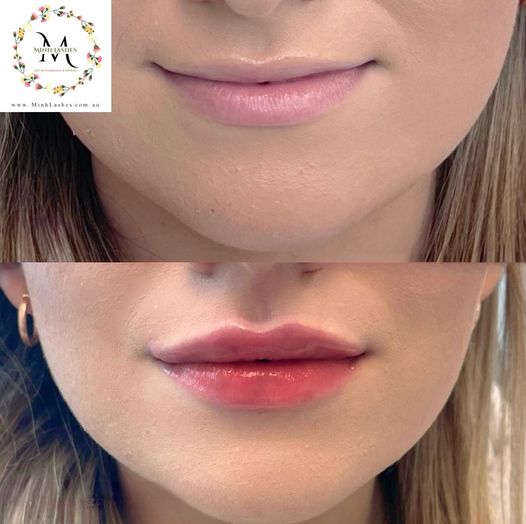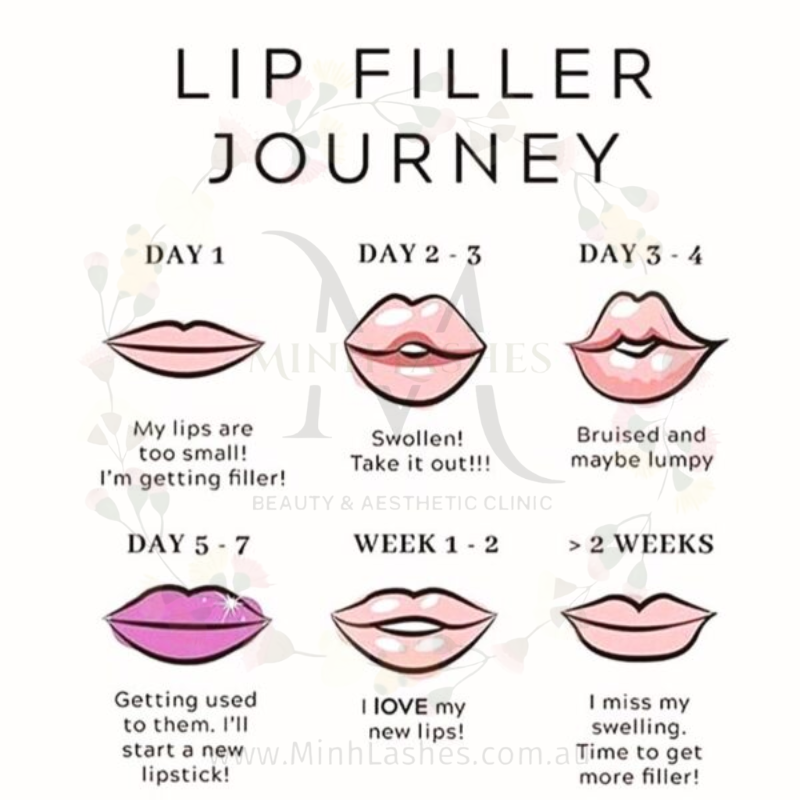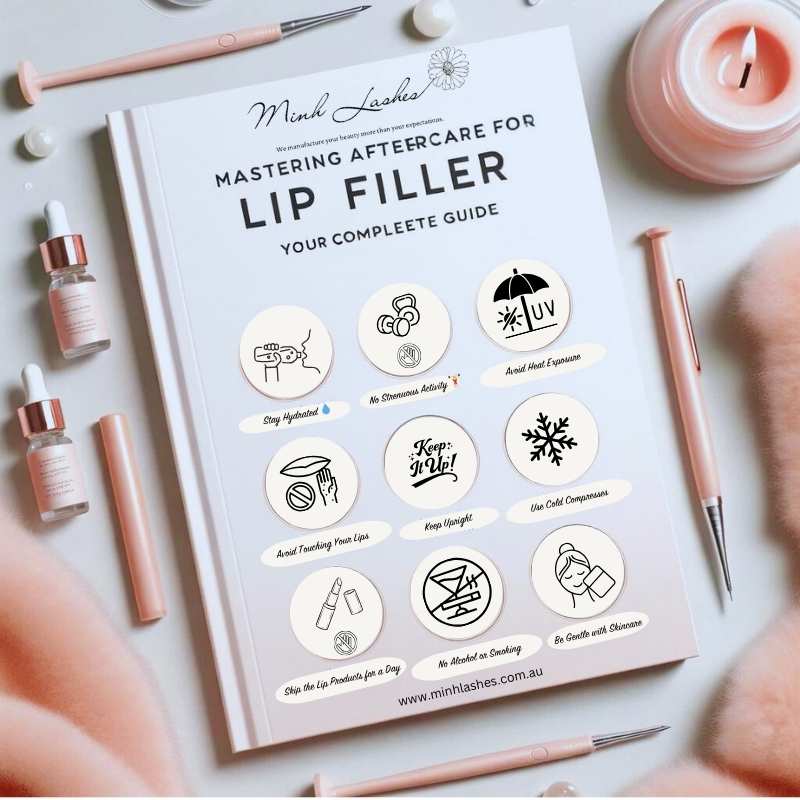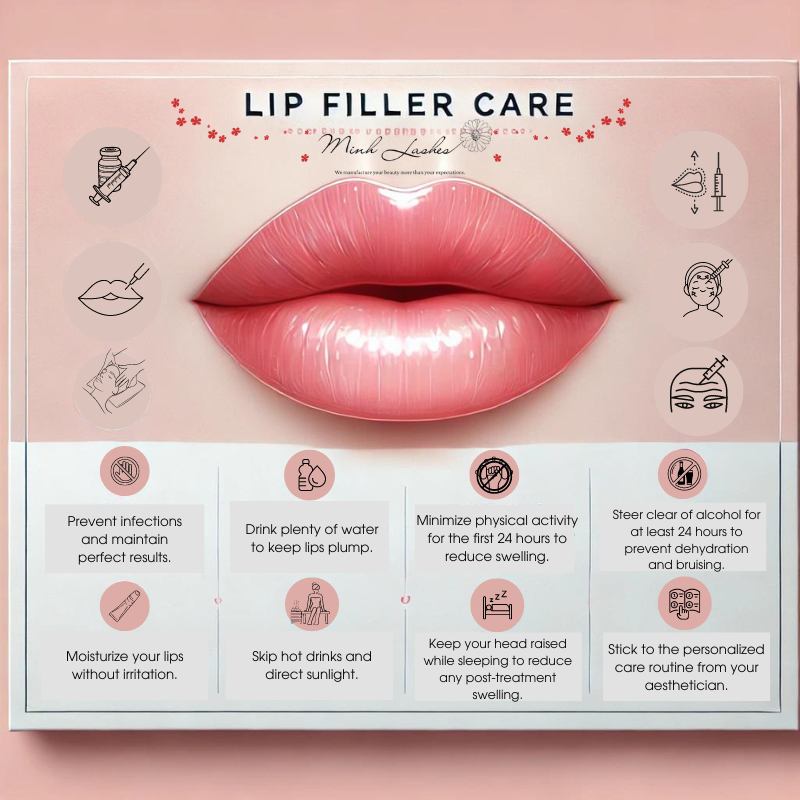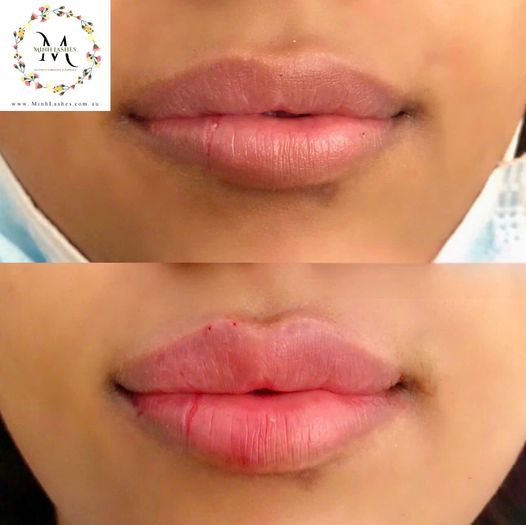No products in the cart.
Lip Filler How Long Does It Last? A Comprehensive Guide
Lip Filler How Long Does It Last : What You Need to Know Before Getting Plumper Pouts
Table of Contents
- Introduction
- What Are Lip Fillers?
- Types of Lip Fillers
- Factors Affecting Lip Filler Longevity
- Average Duration of Lip Fillers
- How to Extend the Life of Your Lip Fillers
- Signs It’s Time for a Touch-Up
- Risks and Side Effects
- Choosing the Right Provider
- Conclusion
Introduction
Lip fillers have become increasingly popular in recent years, with many people seeking to enhance their pout and achieve fuller, more defined lips. One of the most common questions asked by those considering this cosmetic procedure is, “How long does lip filler last?” In this comprehensive guide, we’ll explore the factors that influence the longevity of fillers and provide you with all the information you need to make an informed decision about this popular treatment.
What Are Lip Fillers?

Lip fillers are injectable substances used to add volume, shape, and structure to the lips. These treatments are designed to enhance the appearance of the lips, creating a fuller, more youthful look. The most common type of lip filler is made from hyaluronic acid (HA), a naturally occurring substance in the body that helps to retain moisture and add volume to the skin.
Types of Lip Fillers
There are several types of lip fillers available on the market, each with its own unique properties and duration:
- Hyaluronic Acid (HA) Fillers: The most popular type, including brands like Juvederm and Restylane.
- Calcium Hydroxylapatite (CaHA) Fillers: Longer-lasting than HA fillers, but less commonly used for lips.
- Poly-L-lactic Acid (PLLA) Fillers: Stimulate collagen production for gradual, long-lasting results.
- Polymethylmethacrylate (PMMA) Fillers: Semi-permanent fillers with longer-lasting effects.
Factors Affecting Lip Filler Longevity
The duration of lip fillers can vary significantly from person to person. Several factors influence how long the effects of lip fillers will last:
- Type of Filler Used: Different fillers have varying lifespans. HA fillers typically last 6-12 months, while CaHA and PLLA fillers can last up to 2 years.
- Amount of Filler Injected: Generally, the more filler used, the longer the results will last.
- Metabolism: People with faster metabolisms may break down the filler more quickly.
- Lifestyle Factors: Smoking, excessive sun exposure, and certain medications can affect filler longevity.
- Lip Movement: Those who talk or smile frequently may see their fillers dissolve faster due to increased muscle movement.
- Injection Technique: The skill and experience of the injector can impact how long the filler lasts.
- Age and Skin Quality: Younger individuals with good skin elasticity may retain fillers longer.
Average Duration of Lip Fillers
While individual results may vary, here’s a general guideline for how long different types of lip fillers typically last:
- Hyaluronic Acid Fillers: 6-12 months
- Calcium Hydroxylapatite Fillers: 12-18 months
- Poly-L-lactic Acid Fillers: Up to 2 years
- Polymethylmethacrylate Fillers: 2-5 years or more
It’s important to note that these are average durations, and some people may experience shorter or longer-lasting results.
How to Extend the Life of Your Lip Fillers
While the longevity of lip fillers is largely determined by the factors mentioned above, there are some steps you can take to help maintain your results:
- Stay Hydrated: Drinking plenty of water can help maintain the hydration of your lips and the filler.
- Protect Your Lips from Sun Damage: Use a lip balm with SPF to shield your lips from harmful UV rays.
- Follow a Healthy Lifestyle: Eat a balanced diet, exercise regularly, and avoid smoking to support overall skin health.
- Be Gentle with Your Lips: Avoid excessive rubbing or pressure on your lips, especially in the first few weeks after treatment.
- Schedule Touch-Up Appointments: Regular maintenance treatments can help prolong the effects of your lip fillers.
- Use Quality Skincare Products: Invest in good lip care products to keep your lips moisturized and healthy.
Signs It’s Time for a Touch-Up
As lip fillers gradually dissolve over time, you may notice some changes in your lips. Here are some signs that it might be time for a touch-up:
- Decreased Volume: Your lips may appear less full or plump than they did initially.
- Loss of Definition: The border of your lips may become less defined.
- Asymmetry: One side of your lips may appear different from the other.
- Visible Imperfections: You may notice the return of fine lines or wrinkles around your lips.
If you notice these changes, it’s a good idea to consult with your provider about scheduling a touch-up treatment.
Risks and Side Effects
While lip fillers are generally safe when performed by a qualified professional, it’s important to be aware of potential risks and side effects:
- Bruising and Swelling: Common immediately after treatment, usually subsiding within a few days.
- Infection: Rare, but possible if proper sterile techniques are not followed.
- Allergic Reactions: Uncommon, but can occur, especially with certain types of fillers.
- Lumps or Irregularities: Can sometimes develop if the filler is not injected properly.
- Vascular Occlusion: A rare but serious complication where filler blocks a blood vessel.
Always discuss potential risks with your provider before undergoing treatment.
Choosing the Right Provider
The longevity and quality of your lip filler results greatly depend on the skill and experience of your provider. Here are some tips for choosing the right professional:
- Check Credentials: Ensure your provider is licensed and certified to perform filler injections.
- Look at Before and After Photos: Review their portfolio to get an idea of their work.
- Read Reviews: Check online reviews and testimonials from previous clients.
- Schedule a Consultation: Meet with the provider to discuss your goals and ask questions.
- Trust Your Instincts: Choose a provider who makes you feel comfortable and listens to your concerns.
Conclusion
Lip fillers can be an excellent way to enhance your natural beauty and boost your confidence. While the duration of lip injection varies depending on several factors, most people can expect their results to last anywhere from 6 months to 2 years, depending on the type of filler used. By understanding the factors that influence filler longevity and following proper aftercare, you can make the most of your filler treatment and enjoy your plumper pout for as long as possible.
Remember, the key to achieving the best and longest-lasting results is to choose a qualified and experienced provider. If you’re considering fillers, take the time to research and find a reputable practitioner who can help you achieve your desired look safely and effectively.
Have you had experience with lip fillers? We’d love to hear about your journey and any tips you might have for maintaining your results. Share your thoughts in the comments below!
⬇️ Appointment Infoline ⬇️
MINH LASHES | Beauty Clinic & Supplies
☎️ 045233 1613 – 042605 0813
🚩Location: 7 Boardman St, Yagoona 2199, NSW, Australia
🌏Website Beauty: https://minhlashes.com.au/
🌏Website Supplies: https://minhlashes.com/
✅✅✅ Follow us on:
👉Facebook: https://www.facebook.com/minhlashes
👉Tumblr: https://www.tumblr.com/minhlashescom
👉 Instagram https://www.instagram.com/minhlashes/
👉 Twitter: https://x.com/minhlashesau
👉 Skype: live:.cid.284aaa2241717e1c
👉 Pinterest: https://pin.it/7j5db5Qhm
Read More:
- The Ultimate Guide to Lip Injection Fillers: Enhancing Your Smile
- Understanding Lip Fillers Price: What to Expect and Why It Varies
- Lip Filler Before After: What to Expect from Your Treatment
- Botox Sydney Australia: Your Complete Guide to Safe and Natural-Looking Results
- The Truth About 0.5 ml Lip Filler: Is It Enough for Your Perfect Pout?
Related Posts:
-
Do Lip Fillers Hurt? Understanding the Procedure and Pain Level
-
The Dangers of Bad Lip Fillers: What You Need to Know
-
1ml Lip Filler Before and After: What to Expect from Your Treatment
-
The Impact of 0.5 ml Lip Fillers on Thin Lips: A Subtle Enhancement
-
Understanding the 0.5 ml Lip Filler Swelling Stages: A Comprehensive Guide
-
Lip Fillers Lips: Everything You Need to Know About Enhancing Your Lips
-
Lip Fillers Gone Wrong: What You Need to Know
-
Lip Fillers Before and After 1ml: What to Expect from Your Treatment
-
The Real Cost of Lip Fillers: Understanding Lip Filler Prices
-
The Ultimate Guide to Lip Filler Injection: What You Need to Know
-
Understanding and Managing Lip Filler Bruising: What You Need to Know
-
Everything You Need to Know About Dissolving Lip Filler
-
Mastering After Care Lip Fillers: Your Complete Guide
-
Post Lip Filler Care: Essential Tips for Optimal Results
-
The Natural Lip Filler Revolution: Enhancing Your Pout Naturally
-
Lip Flip vs Filler: Which Lip Enhancement Option is Right for You?



